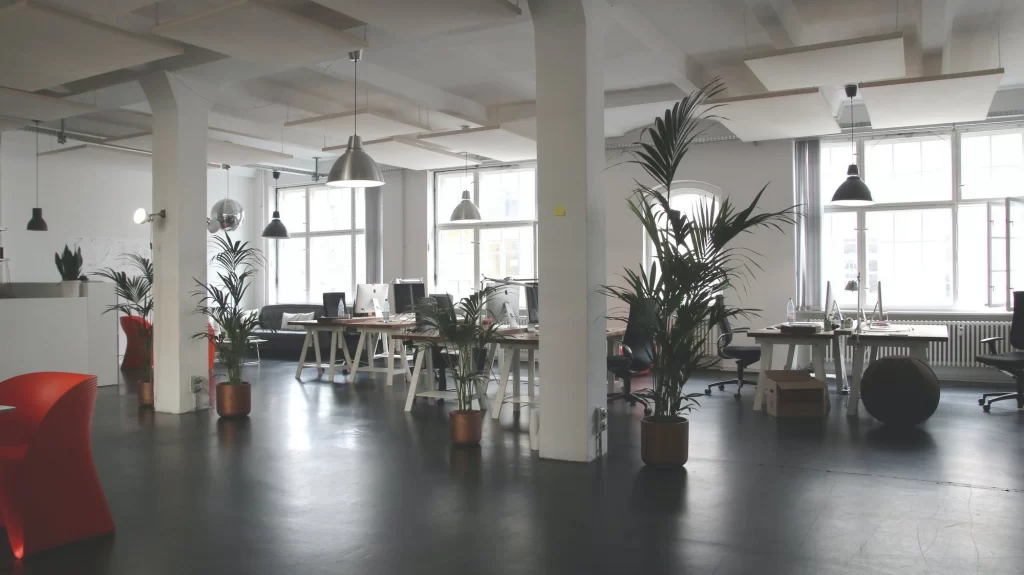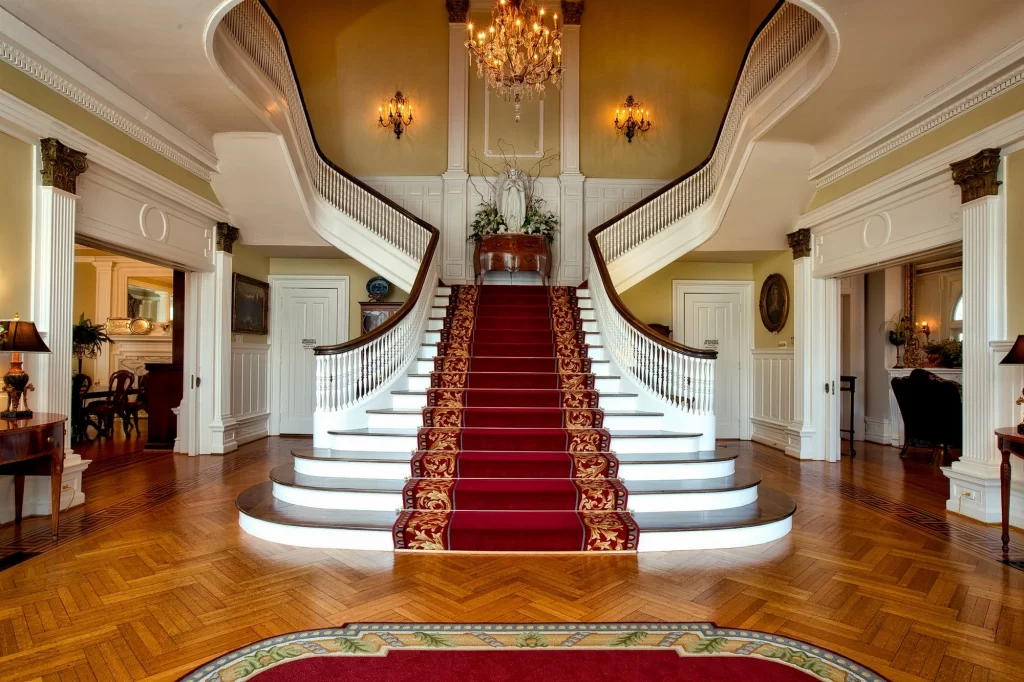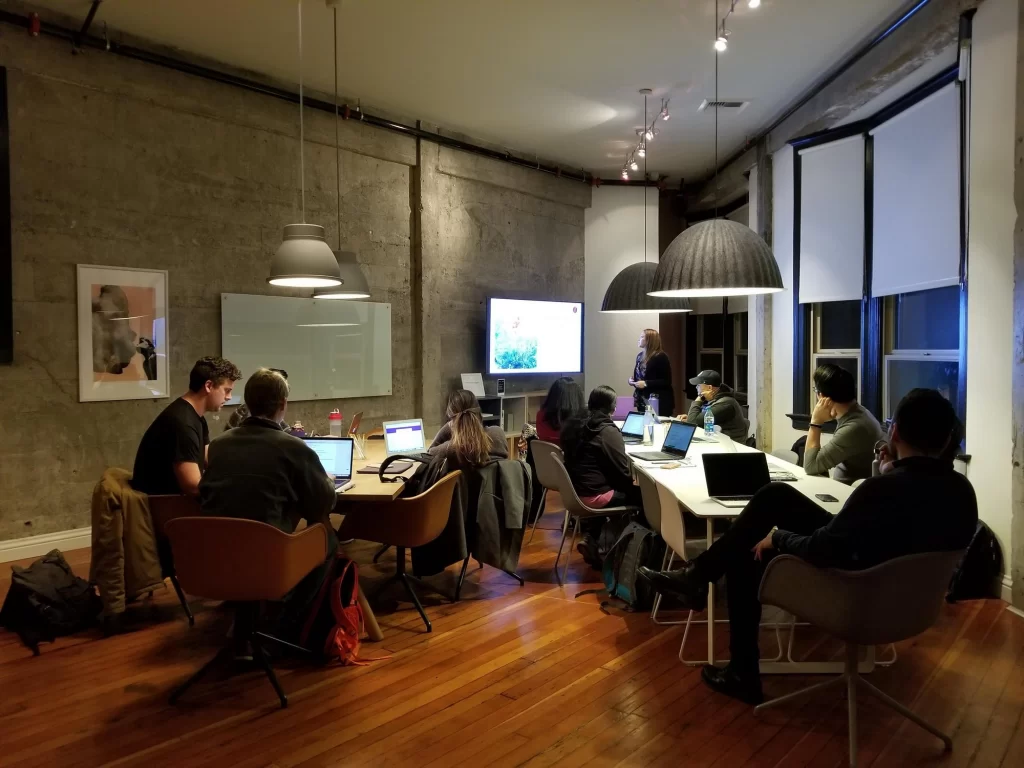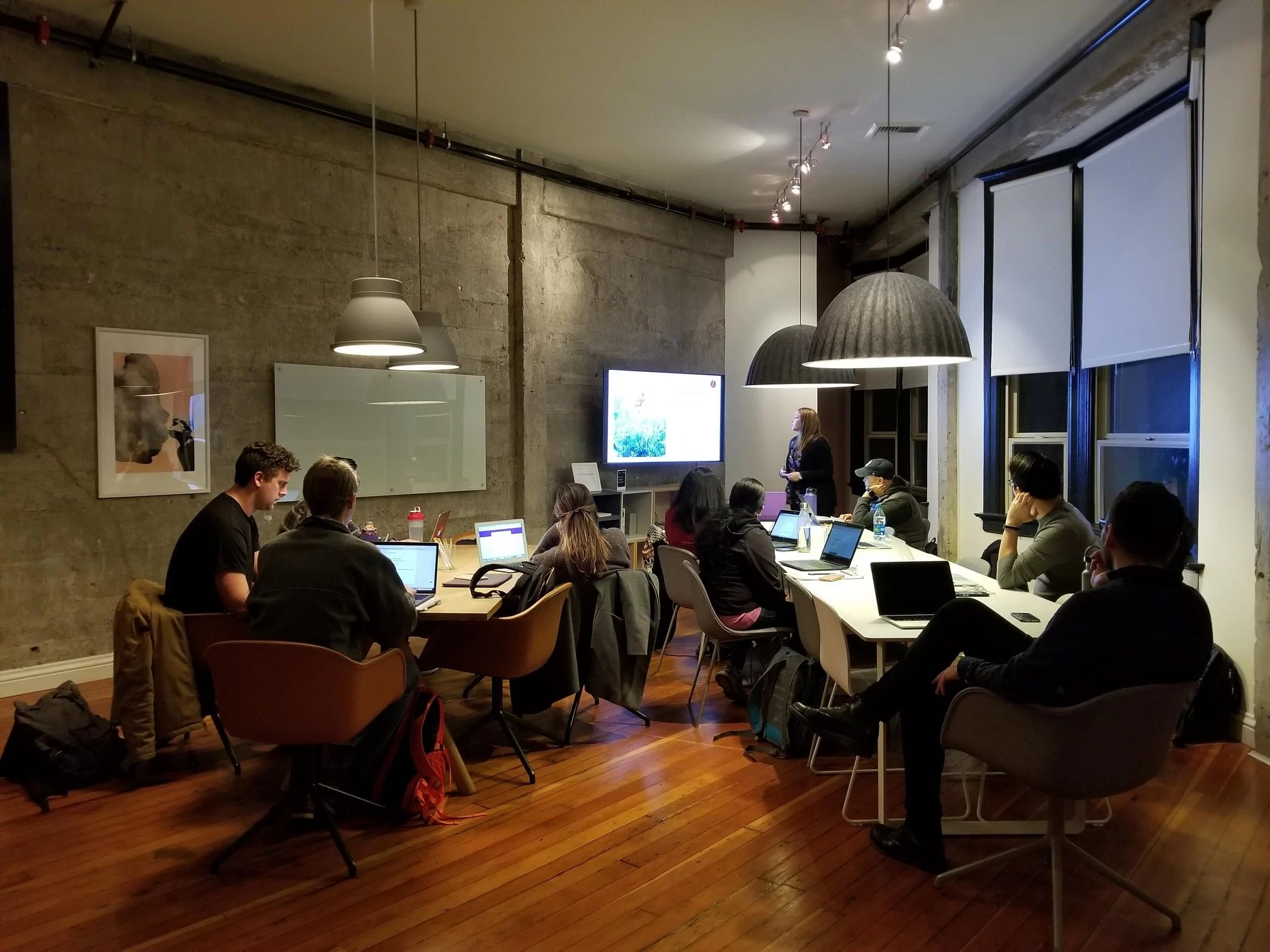The future of architecture lies in creating effective cooling solutions for interiors. With global temperatures rising and the trend of building skyscrapers and tall buildings continuing, the need for efficient cooling systems has become increasingly crucial. Architects are tasked with designing buildings that not only look aesthetically pleasing but also provide a comfortable and safe environment for the occupants. This requires a deep understanding of the latest cooling technologies and innovative approaches to building design.
One of the biggest challenges facing architects today is finding ways to reduce the carbon footprint of buildings. This requires the use of environmentally friendly cooling systems that use renewable energy sources and reduce the dependence on traditional air conditioning systems. This can be achieved through the use of green technologies such as solar panels, wind turbines, and geothermal systems. These technologies not only reduce energy consumption but also provide a sustainable source of energy for cooling interiors.
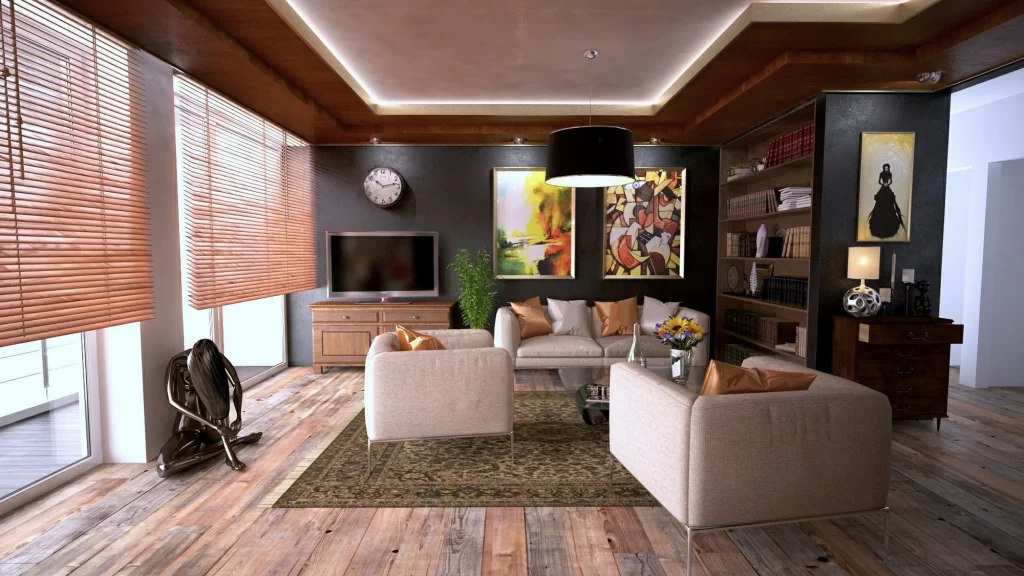
Another challenge facing architects is the need to provide cooling solutions that are both cost-effective and energy-efficient. This requires the use of smart technologies that can regulate the temperature and humidity levels within a building, reducing the need for constant air conditioning. For example, the use of automated ventilation systems that can be controlled remotely, can provide the right amount of fresh air while reducing energy consumption.
Designing buildings with energy efficiency in mind is also critical in reducing the carbon footprint of buildings. Architects can do this by using high-performance insulation materials that reduce heat transfer, and by implementing passive cooling techniques such as shading and natural ventilation. In addition, the use of high-performance windows and doors can help reduce heat transfer and keep interiors cool and comfortable.
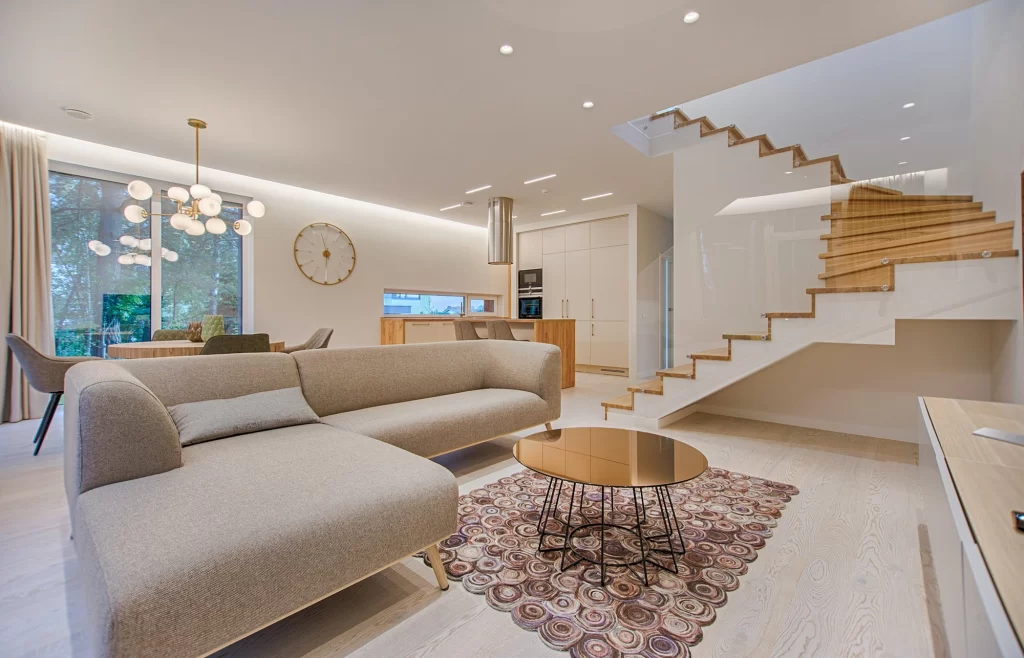
The use of natural materials in building design is also an effective way to reduce the need for cooling systems. For example, the use of stone, brick, and other materials that have natural insulation properties can reduce the need for air conditioning. In addition, the use of green roofs and walls can help reduce the heat island effect, which is caused by the large concentration of concrete and asphalt in urban areas.
In conclusion, the future of architecture lies in the development of effective cooling solutions for interiors. Architects must work closely with engineers, designers, and building managers to develop innovative and sustainable solutions that reduce energy consumption and the carbon footprint of buildings. By embracing green technologies, cost-effective and energy-efficient cooling systems, and environmentally friendly materials, architects can create a more sustainable future for all.
